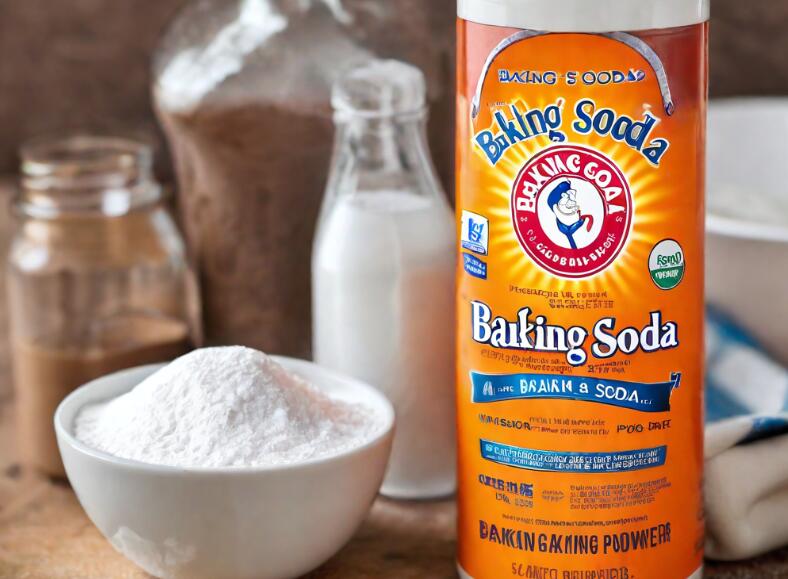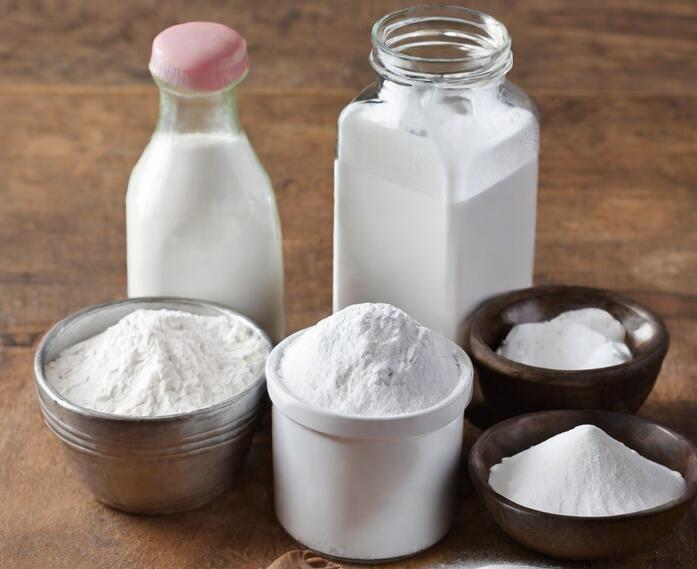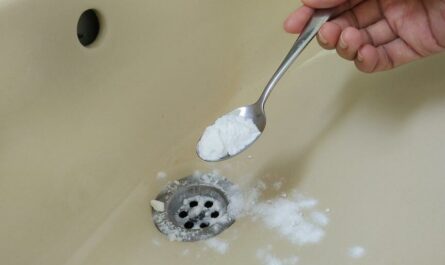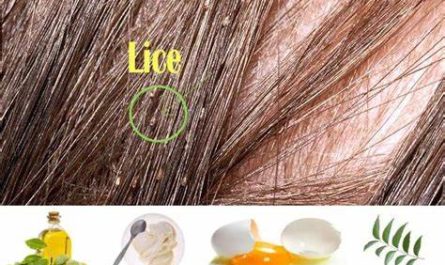Baking soda and baking powder are two essential ingredients in the world of baking. These leavening agents play a crucial role in providing the desired texture and rise to various baked goods. However, many people often confuse these two ingredients or wonder if they can be used interchangeably. This article will delve into the differences between baking soda and baking powder and how to use them in baking.
What Are Baking Soda?
Baking soda, also known as sodium bicarbonate (NaHCO₃), is a white crystalline powder with alkaline properties. It is commonly used in baking due to its ability to create a chemical reaction that produces carbon dioxide gas.
Baking soda is not only useful in baking but also finds applications in cleaning, personal care, and even as a natural remedy for various ailments. Its alkaline nature makes it an effective cleaning agent, capable of removing tough stains and odors. Additionally, it can be used as a gentle exfoliant for the skin and a soothing ingredient in DIY face masks.
What Are Baking Powder?
Baking powder, on the other hand, is a mixture of baking soda, an acid (usually cream of tartar), and a moisture-absorbing agent (typically cornstarch).
Baking powder is a versatile ingredient that not only simplifies the baking process but also offers convenience. Its balanced composition eliminates the need to measure and add additional acids. This makes it a time-saving option for many bakers.

The Key Differences Between Baking Soda and Baking Powder
1. Chemical Makeup and Activation Process
The fundamental difference between baking soda and baking powder lies in their chemical compositions and activation processes. Baking soda is a single ingredient, whereas baking powder is a combination of multiple substances.
baking powder requires an acidic ingredient to activate its leavening properties. While baking powder contains both the acid and the base required for the reaction to occur.
When baking soda is combined with an acidic ingredient, such as buttermilk or lemon juice, it undergoes a chemical reaction known as acid-base neutralization. This reaction releases carbon dioxide gas, which creates bubbles in the dough or batter.
On the other hand, baking powder already contains the necessary acid (usually cream of tartar) in its formulation. Additionally, it includes a moisture-absorbing agent, such as cornstarch, which prevents the acid and base from reacting prematurely.
2. The Role of Acidity in Their Use
Acidity plays a crucial role in determining whether to use baking soda or baking powder in a recipe. Baking soda is highly alkaline, and therefore, it requires an acidic ingredient to neutralize its alkalinity. In recipes that do not contain enough acidity naturally, baking powder is often the preferred choice as it already contains the necessary acid.
It’s important to note that the acidity of the ingredients used in a recipe can vary. For instance, sour cream is more acidic than milk, and brown sugar is slightly acidic. Understanding the acidity levels of the ingredients is crucial for achieving the desired outcome in your baked goods.
3. The Outcome of Baked Goods
Another significant difference between baking soda and baking powder lies in the texture and volume they impart to baked goods. Baking soda tends to produce a more significant rise and a coarser, open crumb structure. Its strong leavening power is well-suited for recipes that require a substantial lift, such as muffins and certain types of cookies.
On the other hand, baking powder provides a more moderate rise, resulting in a lighter and more tender texture. It helps create a finer crumb structure. The controlled leavening action of baking powder ensures that the rise is balanced. This can prevent the texture from becoming too dense or heavy.
When choosing between baking soda and baking powder, consider the specific texture and volume requirements of your recipe. For denser and heartier baked goods, baking soda may be the preferred choice. If you desire a lighter and more delicate texture, baking powder is likely the better option.
Practical Uses in Baking and Cooking
When to Use Baking Soda
Baking soda is best suited for recipes that contain acidic ingredients like buttermilk, lemon juice, or vinegar. These acidic components react with baking soda to release carbon dioxide gas, causing the dough or batter to rise.
Baking soda is commonly used in recipes such as pancakes, muffins, quick breads, and certain types of cookies. It also contributes to the browning and crisping of the outer surface of baked goods.
In addition to its leavening properties, baking soda serves various other culinary purposes. It can be used as a natural tenderizer for meat by creating an alkaline environment that helps break down proteins.
Baked goods that rely on the Maillard reaction for browning, such as pretzels or bagels, often feature a brief dip in a baking soda solution before baking. This step enhances the crust’s color and texture, giving them their characteristic appearance.
When to Use Baking Powder
Baking powder is a versatile leavening agent that can be used in recipes that do not contain enough natural acidity to activate baking soda. It is often the preferred choice for cakes, cupcakes, biscuits, and other delicate baked goods.
Baking powder ensures a more controlled rise, resulting in a lighter and more tender final product. Additionally, it is a convenient option when you don’t have acidic ingredients on hand.
Baking powder is not limited to baking applications alone. It can be used as a quick and effective cleaning agent, especially for removing stubborn stains or odors.
Mixing baking powder with water creates a mildly abrasive paste that can be used to scrub surfaces or eliminate tarnishes from metal objects. It also acts as a natural deodorizer, absorbing unwanted smells from refrigerators, shoes, or carpets.

Can You Substitute Baking Soda for Baking Powder (and Vice Versa)?
While baking soda and baking powder are not interchangeable in a one-to-one ratio, it is possible to substitute one for the other with some adjustments.
If a recipe calls for baking soda and you only have baking powder on hand, you can substitute it by using three times the amount of baking powder. On the other hand, if a recipe calls for baking powder and you only have baking soda, you can use a quarter of the amount of baking soda and add an acidic ingredient to the recipe.
It’s important to note that substituting one for the other may affect the taste and texture of the final baked goods.
Baking soda can leave behind a slightly bitter taste if not properly neutralized by acidity, while baking powder may result in a less tangy flavor if used in excess.
Common Myths and Misunderstandings
There are several myths and misunderstandings surrounding baking soda and baking powder. Let’s debunk a few of them:
Myth: Baking soda and baking powder are the same.
Fact: Baking soda and baking powder are chemically different and have distinct properties. Baking soda requires an acidic ingredient to activate while baking powder is a complete leavening agent.
Myth: Baking powder can always be used as a substitute for baking soda.
Fact: While baking powder can be used as a substitute for baking soda, the reverse is not always true due to the need for additional acid. Substitutions should be approached with caution and require adjustments to maintain the desired outcome.
Myth: Baking powder and baking soda expire quickly.
Fact: Baking powder and baking soda can lose their effectiveness over time, but proper storage can extend their shelf life. Regularly check the expiration dates and perform simple tests to ensure their potency.
Storing Baking Soda and Baking Powder for Freshness
To ensure the freshness and effectiveness of both baking soda and baking powder, proper storage is essential. Here are some best practices:
- Keep them in airtight containers in a cool, dry place away from moisture, heat, and direct sunlight.
- Check the expiration dates regularly and replace them if they have expired.
- Perform a simple test to check their potency by mixing a small amount with vinegar or hot water. If they bubble and fizz vigorously, they are still active.
Proper storage not only maintains the leavening power of baking soda and baking powder but also ensures the best results in your baking endeavors.
FAQs
Q: Can I use baking soda if the recipe calls for baking powder?
A: It is not recommended to directly substitute baking soda for baking powder in a recipe that specifically calls for baking powder. Baking powder contains additional acid, which is crucial for the recipe’s success.
Q: How can I make my own baking powder?
A: You can make your own baking powder by combining 1 part baking soda and 2 parts cream of tartar. Be sure to use the homemade baking powder immediately, as it may lose its effectiveness over time.
Q: Is it possible to use baking soda or baking powder as a cleaning agent?
A: Yes, both baking soda and baking powder have cleaning properties and can be used as natural cleaners for various purposes around the house. From scrubbing sinks to freshening carpets, these versatile ingredients offer effective and eco-friendly cleaning solutions.
Conclusion
Understanding the differences between baking soda and baking powder is vital for successful baking. By using these leavening agents appropriately, you can achieve the desired texture, rise, and flavor in your baked goods. Remember to store them properly and enjoy the art of baking with confidence!






